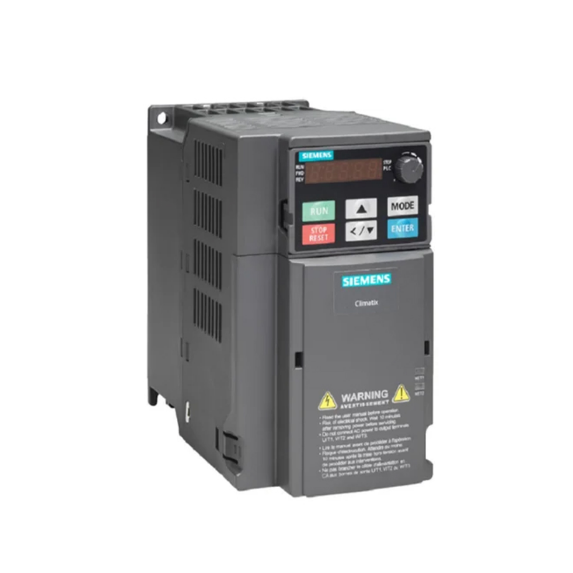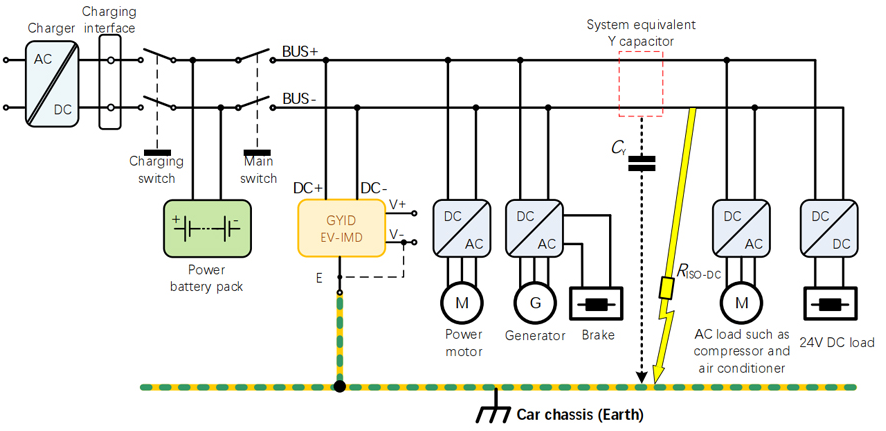Do you know what is feeder protection relay? In complex power distribution networks, system reliability and stability are crucial. Feeder protection relays play a key role in ensuring the seamless operation of these networks by preventing and mitigating issues that could lead to failure. This article takes an in-depth look at the definition, functions, and applications of feeder protection relays, revealing their critical role in maintaining power systems.
What is feeder protection?
Feeder protection is a key aspect of power system engineering that aims to protect electrical distribution networks from faults and anomalies. In this context, a feeder refers to the part of the power system that delivers electrical energy from the source to the load. Feeder protection aims at timely detection and isolation of faults, preventing the spread of disturbances and ensuring continuous power supply to unaffected areas.

What is a feeder protection relay?
At the heart of feeder protection is the feeder protection relay – an advanced electronic device designed to monitor and protect electric power distribution systems. The relay acts as a vigilant guardian, constantly assessing the health of the feeder and responding quickly to abnormalities. Its main function is to detect faults such as short circuits or overloads and take protective measures to isolate the affected parts.

What is the feeder protection relay function?
Fault Detection: Feeder protection relays employ advanced algorithms and sensing mechanisms to detect various types of faults, including short circuits, overcurrents and ground faults. Prompt detection is critical to preventing further damage and disruption.
Selective opening: In order to minimize downtime and isolate only the faulty section, the feeder protection relay is equipped with a selective opening function. This ensures that only the affected part of the feeder is disconnected, allowing continued power supply to the rest of the network.
Coordination with other protection: Feeder protection relays cooperate with other protection devices in the network such as circuit breakers and transformer protection relays to achieve a coordinated and effective response to faults. This coordination improves the overall reliability of the electric power distribution system.
What is feeder protection relay application?
Industrial Facilities: Feeder protection relays are widely used in industrial environments where reliable power supply is critical for continuous operations. These relays protect against malfunctions that could interrupt the production process.
Commercial Buildings: In large commercial complexes and buildings, feeder protection relays play a vital role in maintaining stable power supply. They contribute to the overall safety and reliability of electrical infrastructure.
Renewable energy systems: As renewable energy sources are increasingly integrated into the grid, feeder protection relays play a key role in managing the dynamics of these systems, ensuring the smooth flow of energy and grid stability.
Overall, feeder protection relays are an indispensable component in modern power distribution networks. Its advanced capabilities and applications make it a key factor in maintaining power system reliability and resilience, contributing to efficient power delivery to end users.






